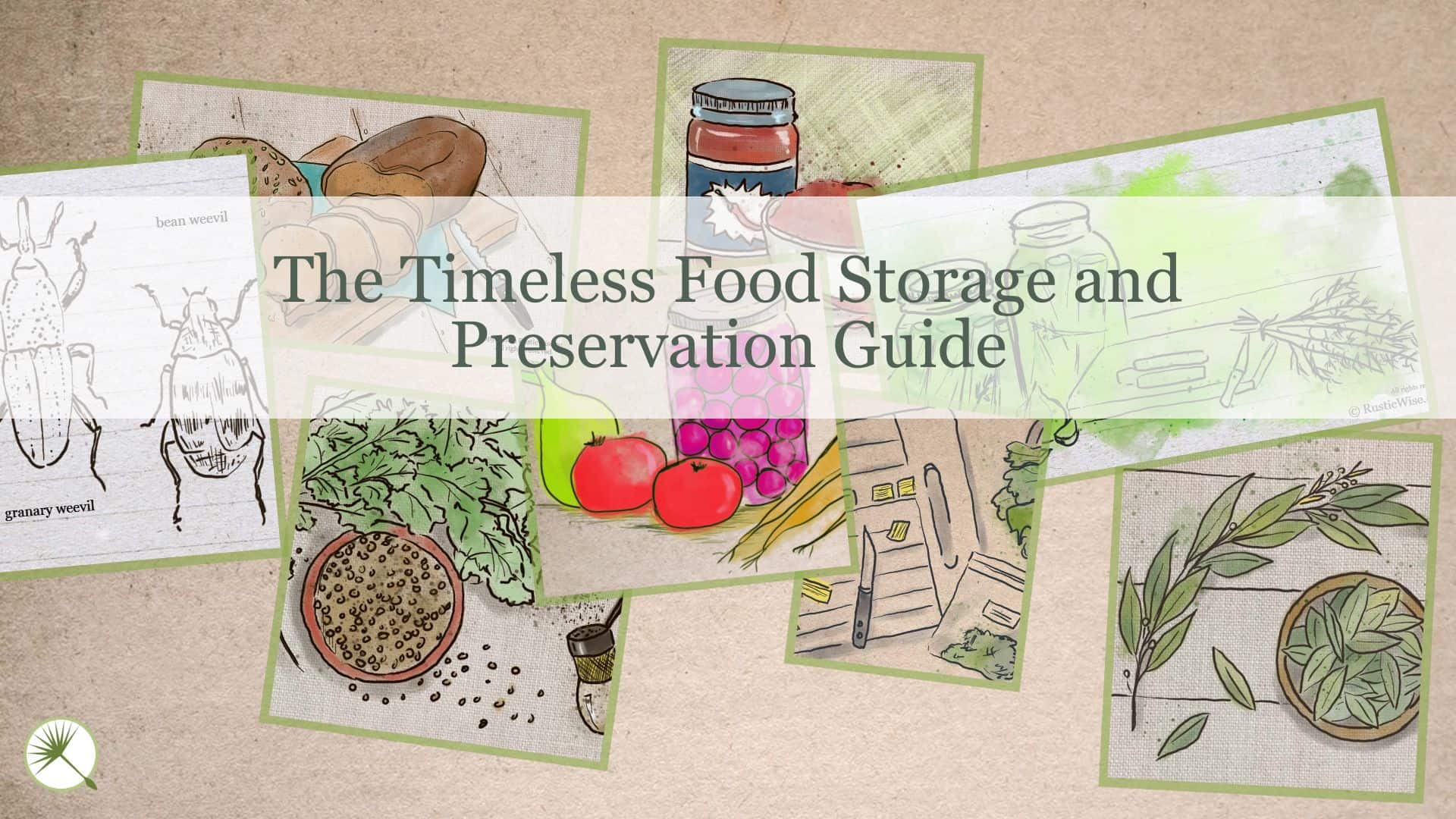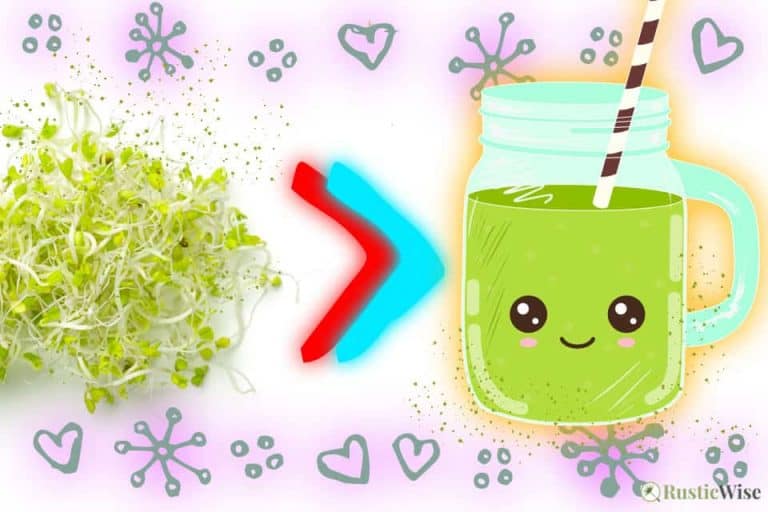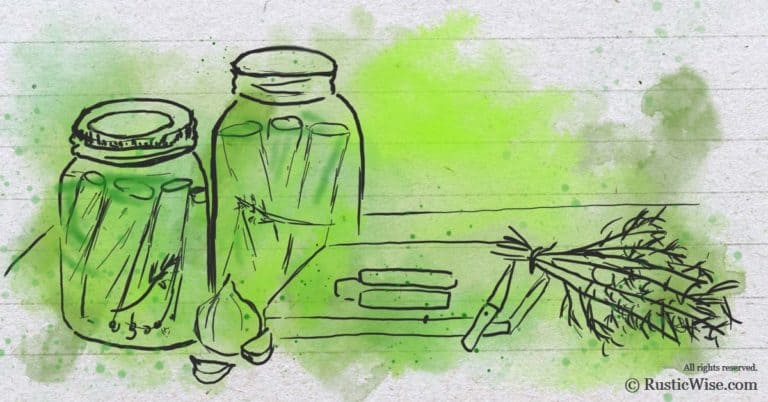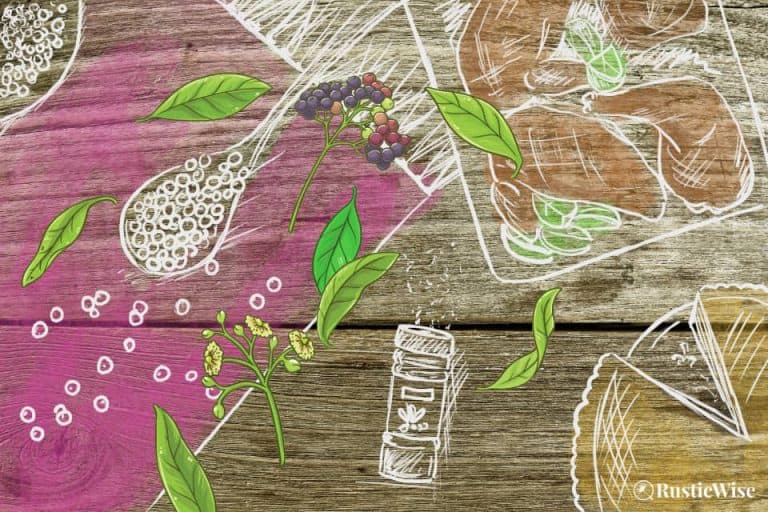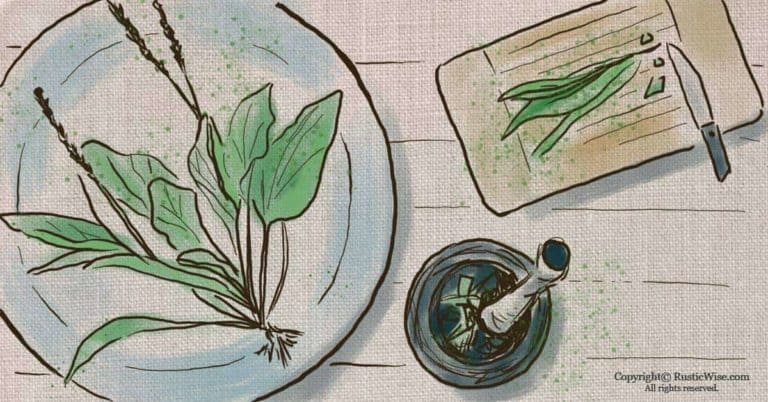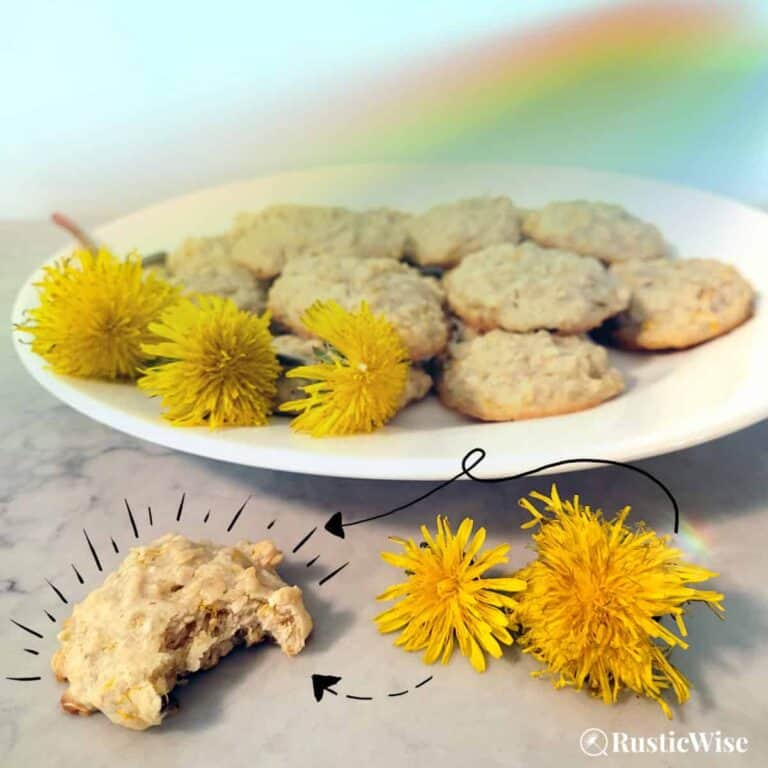The Timeless Food Storage and Preservation Guide
Is your fridge full of wilted lettuce, spoiled milk, and dried out leftovers from days ago? How you store food and manage the pantry, fridge, and freezer are key to preventing food wastage (not to mention money wastage). We’ve put together a food storage and preservation guide to help you extend the shelf life of your fresh, frozen, and dried goods. Waste not, want not…
So how much food is wasted? According to the U.S. Department of Agriculture (USDA), it’s estimated that between 30-40 percent of food is wasted. Roughly 31 percent of food loss occurs at the retail and consumer levels.¹
In Canada, the numbers are also bleak. According to Circular Innovation Council Canada, about 58 percent of food is lost or wasted each year.²
Much of this wasted food could have been diverted to feed hungry families in need. This is a huge waste of resources and money.
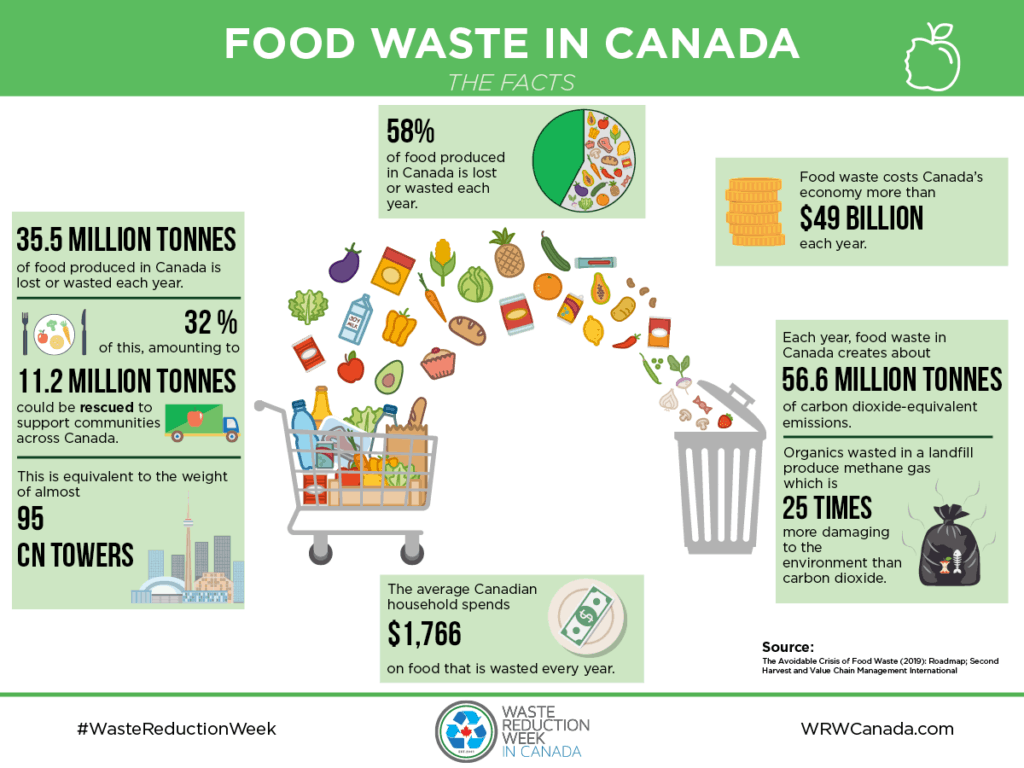
Food storage basics
These days, many people are stocking up on food. While this leads to a feeling of food security, it’s important we not forget about proper food storage and preservation.
Temperature and humidity play a large part in effective food storage.
The ideal humidity for your home is between 30-50 percent. Humidity levels above 50 percent may contribute to moisture issues and possible mold growth.³
How To Properly Store Eggs
Forget about storing eggs on the fridge door. Here’s everything you need to know about keeping eggs fresh and how to read best-by dates.
Let’s take a look at how to store food in the fridge, freezer, and pantry.
Fridge storage tips
- Proper fridge temperature: The U.S. Food & Drug Administration (FDA) says the ideal fridge temperature is at or below 40 degrees Fahrenheit (4 degrees Celsius).⁴
- Put perishables away promptly: After a run to the grocery store, try to put perishable foods away quickly. There’s a two-hour window in which refrigerated foods can be safely kept at room temperature. This window decreases to one hour if your kitchen is above 90 degrees Fahrenheit (32 degrees Celsius).
- Put foods in the proper place: Not all parts of the fridge are equally cold. Avoid putting eggs on the fridge door as this area is prone to temperature fluctuations. Instead, store eggs in their original carton on a shelf. Keep fresh produce in crisper drawers. Store condiments on the fridge door. Store raw meats on the bottom shelf.
Cutting down on food waste: To avoid food wastage, try to use up foods that expire or perish quickly first. Try to place fresher items at the back of the fridge and move older items to the front so you’ll remember to eat these first.
How Much Food Does a 5-Cubic Foot Freezer Hold?
A guide to determining the right size of freezer for your household needs.
Freezer storage tips
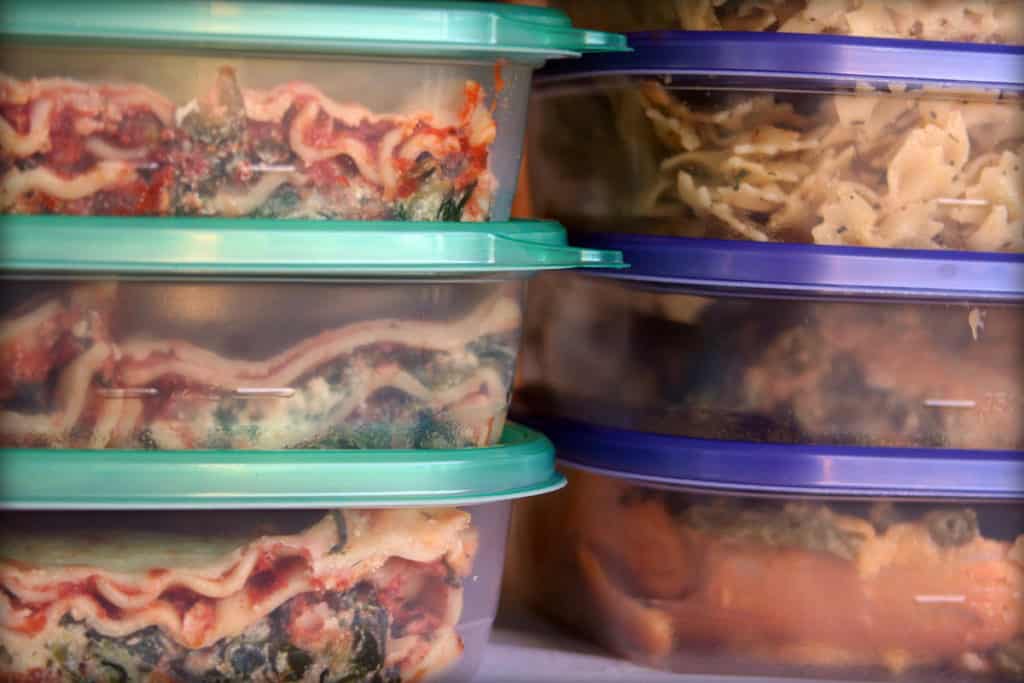
The freezer is handy for keeping your stockpile of frozen fruits and veggies, and of course meat. For long-term storage, consider keeping loaves of bread in the freezer, as well as extra flour you won’t be using soon.
How Full Should Your Freezer Be?
Is there such a thing as TOO full? Yes, there is. Here’s how to properly store food in the freezer.
- Proper freezer temperature: The proper freezer temperature is 0 degrees Fahrenheit (-18 degrees Celsius). It’s a good idea to monitor your freezer’s temperature.
- Avoid overstuffing: Yes, your freezer can be too full. When a freezer is stuffed to the brim, this leads to poor air circulation, and your freezer works harder to keep foods cool. This means that cold air isn’t able to reach all foods evenly leading to some foods getting too warm, and possible food spoilage. On the flip side, your freezer can also be too empty which isn’t energy-efficient. It’s important you get the right-sized freezer for your household needs.
- Wrap foods properly: To avoid freezer burn, wrap or store foods in airtight containers. If using ziploc bags, remember to squeeze out excess air. And of course, label your frozen foods with the date, and its contents. How many unidentifiable frozen lumps of food have you found in your lifetime?
Determining the ideal size of freezer: A general guideline is to multiply the number of people in your household by 1.5-2.5 cubic feet to determine the ideal freezer size.⁵ If your storage needs are on the smaller side, multiply by 1.5. If your needs are greater, go with 2.5.
Should We Be Afraid of Weevils?
Are weevils harmful to humans? Luckily, no. But they are pests…
Up Close and Personal With Weevils
Here’s a closer look at four common types of pantry pests: granary, rice, maize, and bean weevils.
Pantry storage tips
Whether you have a dedicated pantry or a few shelves or cupboard to store dried goods, keeping your non-perishables sealed and dry is vital to prevent food spoilage.
- Dry, dark, and cool: Sunlight, humidity, and warmer temperatures lead to quicker food spoilage. Ensure you keep your non-perishable or shelf-stable foods in a dry, dark, and cool location.
- Storing herbs and spices: While the countertop is a popular place to keep a spice rack, this isn’t the best place. This is because natural sunlight, or heat from the stove may cause your herbs and spices to degrade faster. Instead, your pantry may be a better place. Keep in mind that whole spices have a longer shelf life than ground spices. Check out our guides on how to store some common herbs and spices:
- How to store cinnamon: keeping this spice nice.
- The shelf life of bay leaves: the surprising place you’re actually supposed to store your dried bay leaves.
- Chili powder shelf life
- The shelf life of black pepper: ground and whole peppercorns.
- Storing dried and fresh coriander: did you know that coriander comes from the same plant as cilantro?
- How to properly store croutons to keep ’em crunchy.
- Airtight containers: A best practice for some dried items like rice, pasta, and flour is to transfer them to airtight containers when you bring them home. Food-grade plastic, glass, stainless steel or ceramic containers work well. These materials help to keep out pantry pests.
How To Keep Bay Leaves Fresh
Here’s what you need to know about the shelf life of bay leaves, and the surprising place you’re really supposed to be storing them.
Can you eat foods past their best-by date?
According to the USDA, certain shelf-stable foods are still safe to eat even after their best-by date.⁶ These best-by dates are more so an estimate of the timeframe the food maintains a certain level of quality rather than safety. So canned goods (without dents, or signs of rust) are fine. Some packaged foods like crackers, cookies, and cereal may still be fine. These types of foods may just not taste as fresh.
Trust your sense of smell and taste. If something smells or tastes bad, it’s time to toss it!
Pantry pests
Have you ever opened a package of flour to find tiny bugs crawling inside? These pantry pests are most likely weevils. One of the most prolific pests is the granary weevil.
The granary weevil lays her eggs inside a single piece of grain. The young weevil emerges into the world by eating its way out of the grain. There’s a good chance you inadvertently brought home weevil eggs in your pack of flour.
There are also other types of common weevils you might find in your pantry such as rice weevils, maize weevils, and bean weevils.
So, how do you get rid of pantry pests like weevils?
One of the easiest ways is to freeze your bag of flour when you bring it home for 48 hours to kill any weevils and eggs. Then transfer your flour to an airtight container. You can keep it in the pantry if you plan on using it soon. Otherwise, you can keep flour in the fridge for slightly longer storage, or the freezer.
Check out our post on natural ways to get rid of weevils.
Cinnamon: How To Keep This Spice Nice
Whether you have ground cinnamon or whole sticks, here’s a guide to storage and shelf life of this lovely spice.
Food preservation
Preserving food is a great way to prevent food from going bad. Plus, food preservation makes meal-time prep a cinch. Add some garden-fresh frozen berries to your morning smoothie. Crack open a jar of homemade pickles for lunch. Defrost a batch of leftover spaghetti sauce for dinner.
What are the best natural preservatives?
If you want to keep your home-cooked food fresher for longer, there are some ingredients with natural preservative qualities.
- Salt: People have been using and coveting salt for ages. Salt is an essential ingredient used when curing meat.
- Sugar: Homemade jams, jellies and preserves require sugar, and lots of it! Sugar helps to soak up excess water and keep nasty bacteria at bay.
- Lemon: Ever added a splash of fresh-squeezed lemon juice to sliced apples? The citric acid prevents the apple from browning. Citric acid is also vital to canning.
- Vinegar: Vinegar’s acetic acid properties help prevent food spoilage while also adding a mouth-puckering flavor.
The Shelf Life of Croutons
Nobody likes stale croutons. Here’s how to properly store croutons to keep ’em fresh and crunchy.
6 methods of food preservation
Whether you have a large garden, or just relish the idea of home food preservation and self-reliance, there are many ways you can save your fresh food for later.
Read up on each of these six methods to determine which one(s) are right for you. Freezing is the simplest method and something you probably already do. Others such as fermenting are a bit trickier and require patience.
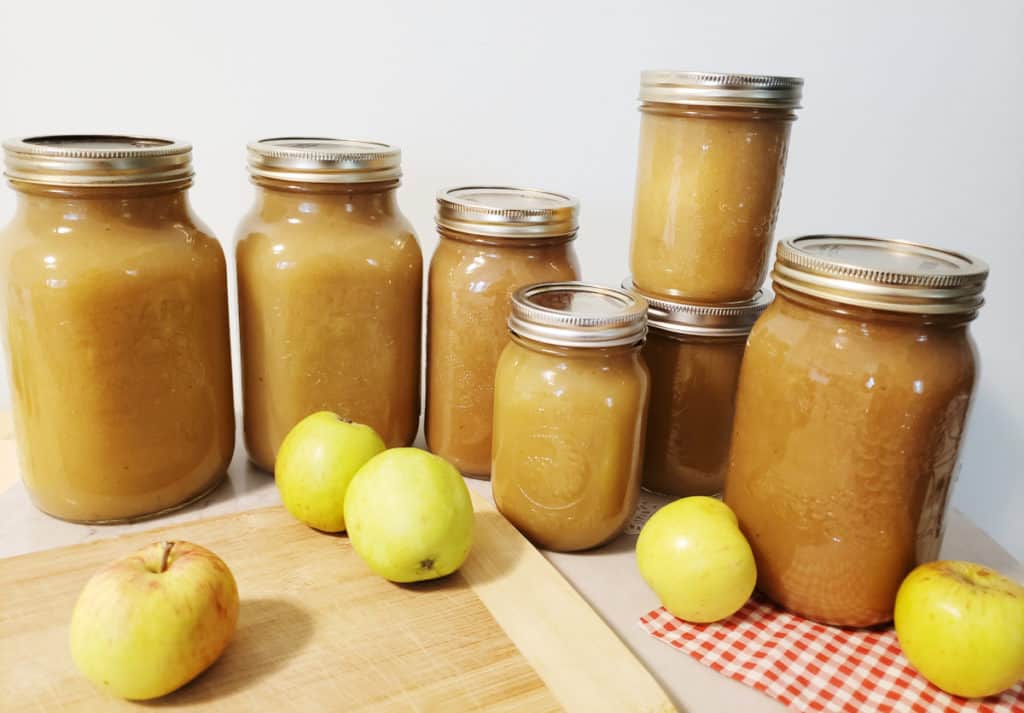
1) Canning
It’s said that Napoleon was the granddaddy of canning food. He offered a reward of 12,000 French francs to someone who could invent a way to stop food from spoiling for his troops. The winner of the money was a chef named Nicholas Appert who put meat in glass bottles, fitted the jars with lids, and gave them a boiling water bath.⁶
Today, the process of canning remains much the same, albeit with more safety knowledge and handy supplies and equipment.
To get started, you just need canning jars, lids, screw bands, a large stock pot, and perhaps a jar lifter. Probably the easiest thing to start canning is applesauce, pickles, or other high acid fruits and vegetables. Foods with high acid content can be safely canned using the water bath method with a large stock pot.
If you plan on canning low acid foods like meat or most veggies including corn and peas, it’s recommended that you use a pressure canner. This ensures the food is cooked at sufficiently high temperatures for the right time to kill any nasty bacteria.
Botulism is rare, but can be deadly.⁷ It occurs sometimes when food is improperly canned. It’s so important you follow proper home canning safety guidelines to avoid this.
The Complete Guide To Canning
Here’s a comprehensive guide to everything you need to know about home canning.
2) Curing meat
If you’re not a fan of meat, you can safely skip this part!
The National Center for Home Food Preservation defines curing as, “…the addition to meats of some combination of salt, sugar, nitrite and/or nitrate for the purposes of preservation, flavor and color.”⁸
Curing meat is typically done using the dry curing method, or brining. Dry curing, sometimes called corning, involves rubbing a cure of salt (and lots of it!), plus spices, sugar, and nitrites.
Brining meat involves soaking or injecting meat with a liquid to preserve it. Brined meat typically tastes less salty than dry cured meat.
Nowadays, you can buy premade mixes to help you with your home curing project. Once meat has been cured, it must age for several weeks to several months (depending on the type of meat and method of curing) to allow it to develop its flavor.
3) Drying or dehydration
Drying food is fairly easy, it just takes a bit of time. The process of drying involves applying enough heat to remove moisture from foods. Once foods are properly dried, they can last much longer. It’s important that foods are thoroughly dried before storing or risk the chance of mold.
While many people have dehydrators, there are other ways of drying foods if you don’t have one including oven drying, and sun drying.
One benefit of drying foods is that dried foods take up less space. Recently we picked apples in the fall. We had enough to make applesauce, then some leftover for dried apple slices. We thinly sliced about 10-20 apples and dehydrated them. Once the apples were dried, they fit in two small tupperware containers.
Quick-Process Pickles
Here’s a quick and easy way to make kosher dill pickles. Break out the vinegar!
A downside to dehydrating foods is that the heat and air reduces the level of vitamins A and C, according to the University of Missouri Extension.⁹
- Dehydrator: Home dehydrators have stackable trays, air vents, and help heat your food at an even, consistent temperature. The downside to dehydrators is they don’t seem to fit too much at one time. The good thing is that you can pretty much set it and leave it (if you remember to set a timer).
- Sun drying: If you don’t have a dehydrator, you can use the power of the sun. Because of their high sugar content, fruits are a safe and easy food to dry outdoors on a hot, sunny day. You can buy mesh screens for outdoor drying. The downside to outdoor drying is the unpredictable weather and elements. If it rains unexpectedly, your batch of fruit could be ruined. It can also take days to properly dry, so this method isn’t for those short on time.
- Oven drying: Arrange thinly sliced fruits or vegetables on a baking sheet in a single layer and bake at the lowest temperature for several hours until completely dried. Remember to flip over periodically.
4) Fermentation
Sauerkraut is the first thing that pops in my mind when it comes to fermenting, but there are lots of other foods and drinks you can ferment including: kombucha, kimchi, cultured yogurt, miso, cider, wine, and beer.
In a nutshell, fermentation is the use of microorganisms (think good bacteria, such as yeast) to kickstart a change in food and drinks to enhance flavor and prolong the shelf life of the food or drink. The microorganisms feed off and break down sugars. Over time, these sugars turn to acids and alcohols.
The fermentation process breaks down phytic acids in foods making them easier to digest. When we eat fermented foods, our bodies are able to easily absorb the nutrients and vitamins available.
Fermented foods are a rich source of probiotics which promote gut health.
A few critically important factors of fermentation are having a good starter culture, using clean water (distilled or purified) and maintaining clean and sanitary equipment.
Many home fermenters use food-grade plastic buckets. Food-grade glass is also acceptable. The National Center for Home Food Preservation suggests using a 1-gallon for every 5 pounds of fresh veggies.¹⁰ If you’re doing a larger batch, a 5-gallon container would be good for 25 pounds of fresh vegetables.
5) Freezing foods
Freezing is a popular choice as it’s fairly straightforward. Freezing generally doesn’t alter the nutritional content of food, but the texture may be altered.
Freezing food is handy if you have a big harvest from your garden. Even leafy greens such as Swiss chard can be frozen.
Here are a few tips on how to freeze food:
- Blanch fresh produce: It’s important to blanch fresh vegetables before freezing. Blanching involves exposing foods to boiling water for a short period of time. This is vital to stop enzyme activity that leads to food spoilage. Blanching is also a good way to remove any bacteria and dirt on foods prior to freezing.
- Remember to leave room at the top: Leaving enough headspace at the top of frozen foods ensures you don’t have any messy spills. This is especially important if freezing sauces or liquids.
- Cool before storing: Allow any foods to cool to room temperature before freezing for best results.
- Keep it airtight: Keep excess air out. Air leads to food degradation in the freezer, so squeeze those ziploc bags to remove air, and ensure all lids on containers are secured.
6) Pickling foods
If you’re a fan of sour and tart foods, you’ll love pickling. What’s the difference between canning and pickling? Pickling is similar to canning in that food is preserved in glass jars. The difference is that pickling involves the use of acids (vinegar) as a preservative.
So, all pickled foods are canned, but not all canned foods are pickled.
Sometimes you’ll see recipes for quick-process pickles, or quick-process carrots. These preserve foods in a brine and the foods are ready-to-eat. There are also recipes for fermented pickles, but this takes longer.
How to Store Sprouted Bread
Sprouted bread isn’t ordinary bread, which is why you’ll find it in the freezer aisle of the grocery store. Here’s how to properly store it.
Food storage and preservation FAQs
What’s wrong with freezer burned food?
Freezer burn occurs when food is improperly wrapped when frozen. Food may look unappetizing—discolored, and leathery, or ice crystals may have formed on top. However, according to the FDA, food with freezer burn has more to do with food quality than food safety.¹¹
So long as food is properly handled and stored at the correct temperature (0 degrees Fahrenheit / -18 degrees Celsius), it should be safe to eat. The process of freezing doesn’t alter food’s nutrient levels. Freezing prevents new bacteria from growing.
How long can you keep food in the freezer?
The USDA says that the process of freezing prevents new bacteria from growing. So old foods sitting in your freezer might be a pale imitation of their former selves, but they’re still safe to eat indefinitely.¹²
Of course you should use your judgement. Just because it’s technically safe to eat a frozen freezer-burned steak, doesn’t mean that you want to. You could always try using old foods in soups, stews, or chili.
Here’s a general guideline for food storage times for best quality:
| Food | Recommended Months of Storage at 0 degrees Fahrenheit |
| Fruits and vegetables | 8-12 |
| Poultry | 6-9 |
| Fish | 3-6 |
| Ground meat | 3-4 |
| Cured or processed meat | 1-2 |
All About Preserving Swiss Chard
One of the easiest ways to preserve Swiss chard is to blanch it, then freeze it. Here’s a step-by-step guide.
Food storage and preservation guide: the takeaway
By following a few food storage tips, we can avoid throwing out perfectly good food and wasting our hard-earned dollars. Buy what you can eat in a reasonable time. Keep an inventory of which perishable foods expire first. Be proactive if you have too much food by using one or two food preservation methods. Get creative with using slightly older fruits and vegetables. Blend them into smoothies. Chop up veggies for soups and stews.
Would you like more timeless tips via email?
Fun tips to help you live an independent, self-sustaining lifestyle. Opt-out at any time.


References
- U.S. Department of Agriculture (USDA), Food Waste FAQs, https://www.usda.gov/foodwaste/faqs. Accessed February 2021.
- Circular Innovation Council, Food Waste In Canada: The Facts, https://circulareconomymonth.ca/about-circular-economy-month/week-3-waste-reduction-week/food-waste-friday/. Accessed November 2023.
- U.S. Environmental Protection Agency (EPA), Mold Course Chapter 2, https://www.epa.gov/mold/mold-course-chapter-2. Accessed November 2023.
- U.S. Food & Drug Administration (FDA), Are You Storing Food Safely?, https://www.fda.gov/consumers/consumer-updates/are-you-storing-food-safely. Accessed February 2021.
- Lowe’s, Freezer Buying Guide, https://www.lowes.com/n/buying-guide/freezer-buying-guide. Accessed February 2021.
- USDA, Shelf-Stable Food Safety, https://www.fsis.usda.gov/wps/portal/fsis/topics/food-safety-education/get-answers/food-safety-fact-sheets/safe-food-handling/shelf-stable-food-safety/. Accessed February 2021.
- Centers for Disease Control and Prevention (CDC), Home Canning and Botulism, https://www.cdc.gov/foodsafety/communication/home-canning-and-botulism.html. Accessed February 2021.
- National Center for Home Food Preservation, Curing and Smoking Meats for Home Food Preservation, https://nchfp.uga.edu/publications/nchfp/lit_rev/cure_smoke_cure.html. Accessed February 2021.
- University of Missouri Extension, Introducing Food Dehydration, https://extension.missouri.edu/publications/gh1562. Accessed February 2021.
- National Center for Home Food Preservation, Preparing and Canning Fermented Foods, https://nchfp.uga.edu/how/can_06/container_cover.html. Accessed February 2021.
- U.S. Food & Drug Administration (FDA) Are You Storing Food Safely? https://www.fda.gov/consumers/consumer-updates/are-you-storing-food-safely. Accessed February 2021.
- U.S. Department of Agriculture, Before You Toss Food, Wait. Check It Out!, https://www.usda.gov/media/blog/2013/06/27/you-toss-food-wait-check-it-out. Accessed February 2021.
- The National Center for Home Food Preservation, How Long Can I Store Frozen Foods…https://nchfp.uga.edu/how/freeze/freezer_shelf_life.html. Accessed February 2021.

Author: Josh Tesolin
Josh is co-founder of RusticWise. When he’s not tinkering in the garden, or fixing something around the house, you can find him working on a vast array of random side projects.

